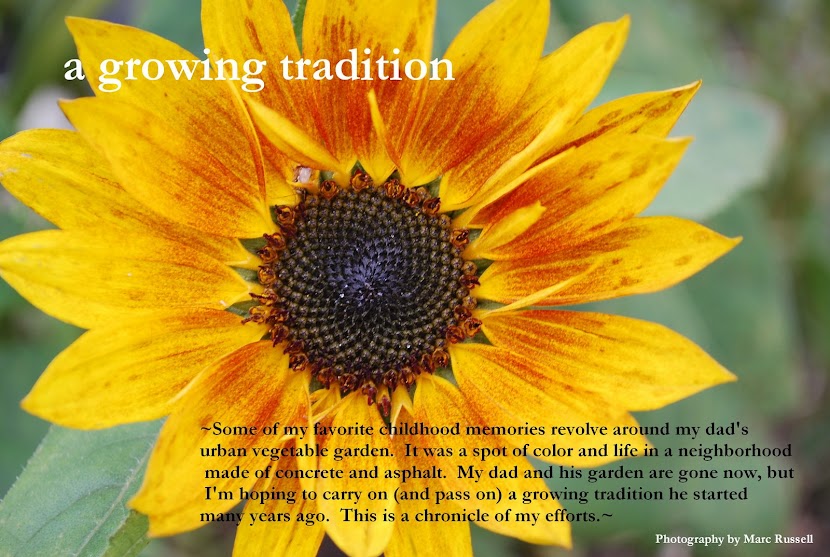I started my second and third batches of wine a couple of weeks ago. This time around, it was a raspberry wine and a white currant wine. I was really excited to use the wild black raspberries that I had picked and froze back in June.
For my raspberry wine, I used the recipe found in Terry Garey's "The Joy of Home Winemaking," which calls from 3 - 4 lbs of raspberries for every gallon of wine. In this case, I used 2 lbs of wild black raspberries and 2 lbs of our homegrown red raspberries (which are delicious by the way).
I started another gallon batch of wine using 3 lbs of white currants that I had also picked and froze in June, again using a recipe found in Terry Garey's book. This particular recipe for currant wine called for 3 lbs of sugar, which seemed a bit much. After the must was assembled, I was a bit concerned that the finished wine might end up tasting overly sweet for my liking. (I usually like my wine very dry.) You see, during the fermentation process, the wine yeast feeds on the sugar contained within your must (which in fruit winemaking consists mainly of crushed fruit, water and a sweeter like sugar or honey), creating alcohol and releasing carbon dioxide. Once the alcohol level in your must reaches a certain level, say 14% for example, the yeast population begins to die off. Hence, if the alcohol level of your must reaches this critical point before all of the sugar has been consumed, then you may ultimately end up with a sweet tasting wine. I'm hoping this is not the case with this recipe.
The raspberry must was a brilliant blood red and very fragrant. The white currant must, on the other hand, was far from interesting in sight or smell.
The primary fermentation process lasted for about 12 days, after which the wine was siphoned into one gallon glass jugs to start the slower secondary fermentation stage, which usually lasts anywhere between 4 and 6 months. As more sugar is consumed, more alcohol is released, and more yeasts die and sink to the bottom of the jug, the wine should slowly become clearer (hopefully). During this stage, the wine is usually siphoned into new jugs several times, separating the liquid from the settled dead yeast particles, until you end up with a clear wine that is suitable for bottling.
As you can see from the picture above, by the end of the primary fermentation stage, the white currant wine took on a light yellow hue more reminiscent of white grape wine.
On a side note - I forgot to post an updated picture of my Juneberry wine, which began its secondary fermentation stage a few weeks ago. You can see how cloudy the wine is at this point, but already, it's beginning to clear. It's hard to tell by the light but I would describe the color as being ruby red.
